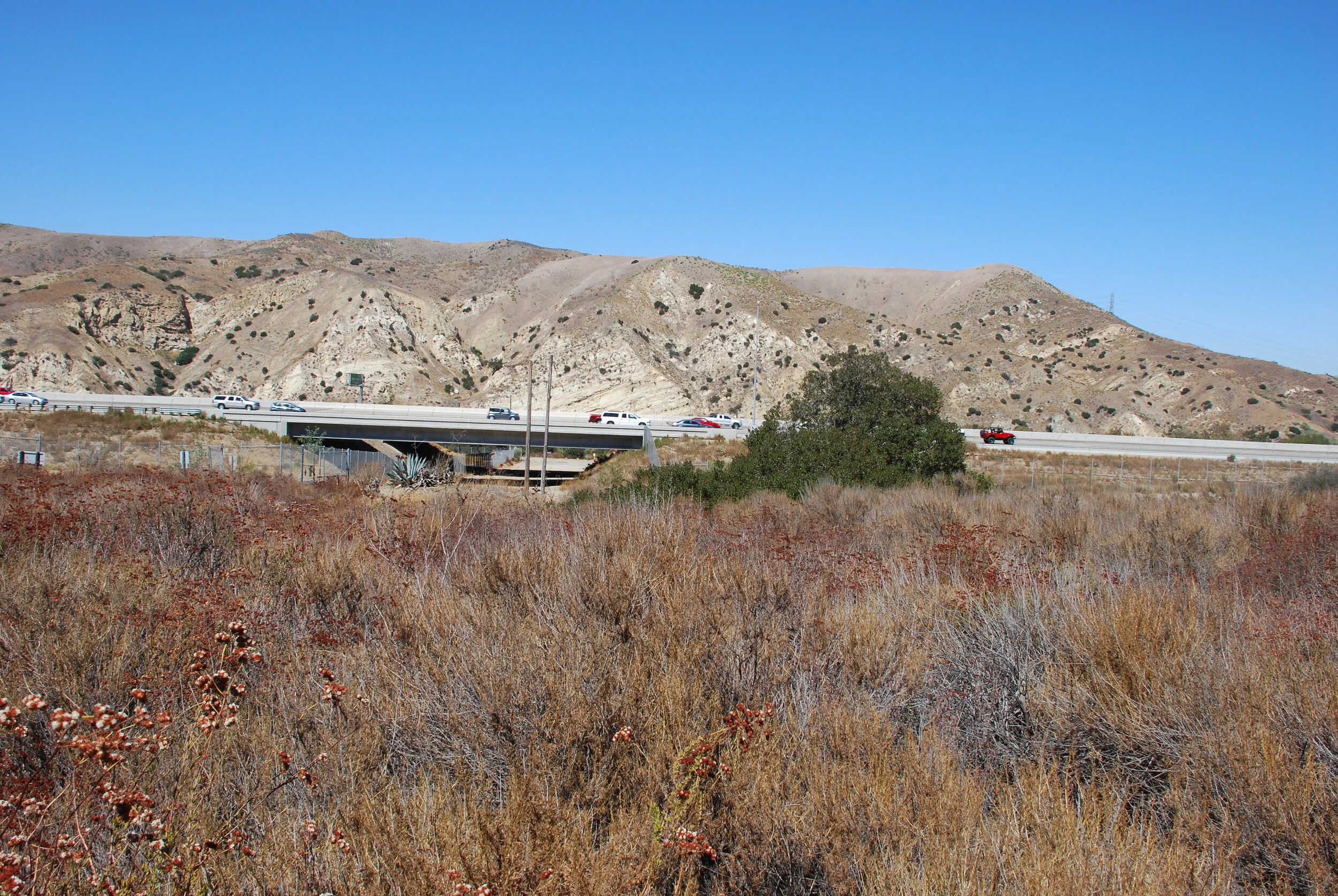
COAL CANYON WILDLIFE CORRIDOR
Preservation of the Whittier-Puente-Chino Hills ecosystem was a long-standing project of The Wildlands Conservancy. Sitting at the juncture of Southern California’s four most populous counties, this hillside ecosystem remains surprisingly intact and is an integral part of the southwest eco-region. As an epicenter of extinction, it often ranks in the top four U.S. regions at risk for species loss and one of 25 “hot spots” of extinction in the world. This region contains a great diversity of vegetation types, vertebrate species and endemic species.
To sustain ecological health over the long term, Chino Hills State Park and Cleveland National Forest were connected via Coal Canyon wildlife corridor. Connected by an underpass off the Riverside Freeway in eastern Orange County, two undeveloped but expensive privately-owned parcels were the last viable wildlife linkage between the protected lands in the 40,000-acre Puente-Chino Hills and the 472,000 acres of the Cleveland National Forest in the Santa Ana Mountains.
Under the coordination of a Wildlands consultant, an array of local, state and federal elected officials, state agency personnel, scientists and citizen groups have worked to gather funding to purchase the two parcels. Having identified, lobbied for and secured 12 different funding sources, the larger and more threatened of the parcels was added to Chino Hills State Park in October 2000. Contributions included a $3 million donation from Wildlands to California Department of Parks and Recreation.
The last critical linkage parcel was acquired in 2001 with the help of a $1.2 million donation by The Wildlands Conservancy’s Wildlands Endowment Fund. In 2004, the California Department of Transportation removed Coal Canyon off-ramps from the Riverside Freeway. This was the first time Caltrans removed a freeway off-ramp and underpass to function as a river of life, dispersing animals and expanding gene pools.
The Wildlands Conservancy’s Wildlands Endowment Fund made more than $400,000 in grants to fund the South Coast Wildlands Project to study 14 other important Southern California landscape linkages.
